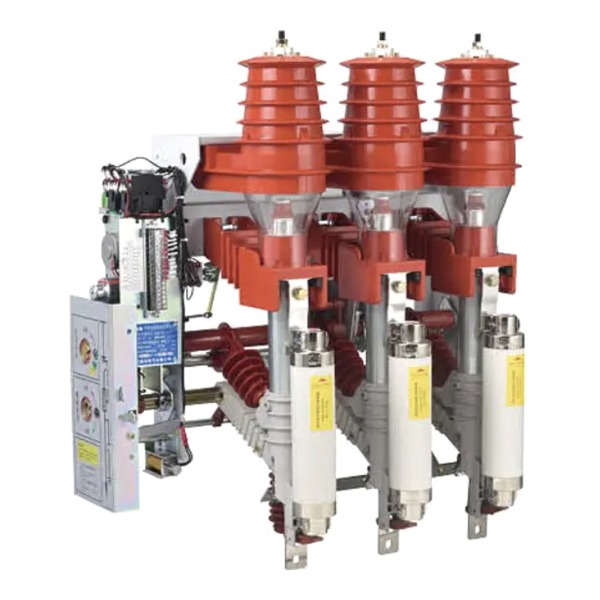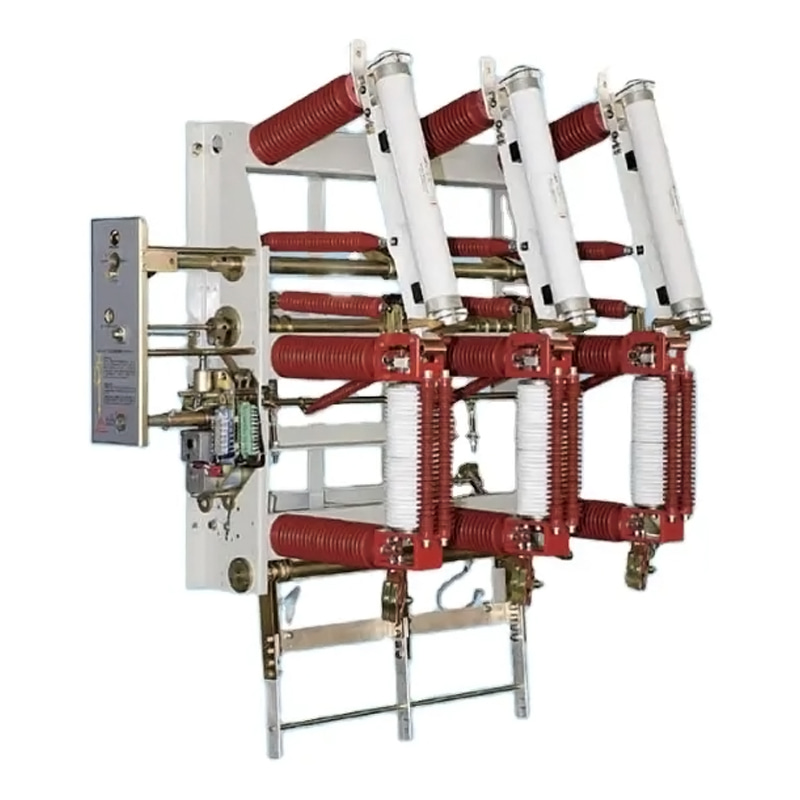In modern electrical systems, the Indoor Ring Host plays an essential role in ensuring the reliable and efficient operation of power distribution networks. Along with technologies like the SF6 RMU, these devices are designed to provide a compact, efficient, and safe solution for controlling power distribution in both low and high voltage systems.
What is an Indoor Ring Host?
An Indoor Ring Host is a crucial component used in electrical substations for managing power distribution, especially in urban environments where space is limited. These devices are typically installed in indoor settings, offering a more controlled and protected environment compared to outdoor installations. The main function of an indoor ring host is to connect multiple sections of the electrical grid and enable the distribution of power from a central source to various branches.
The Indoor Ring Host is designed to work efficiently with high and low voltage distribution systems, providing a level of flexibility and reliability that is essential for modern electrical networks. With increasing demands for uninterrupted power supply, the ring host system’s ability to isolate and protect sections of the network is vital in maintaining system stability.

Benefits of Using an Indoor Ring Host
Compact Design
One of the primary benefits of an Indoor Ring Host is its compact size. This design allows for efficient use of space, making it an ideal solution for urban and industrial settings where real estate is limited.
Flexibility in Distribution
Indoor ring hosts can be easily adapted to suit the needs of various electrical systems. Whether used in commercial buildings, industrial complexes, or residential areas, they offer the flexibility needed to handle varying loads and power demands.
Enhanced Safety
As an indoor installation, the ring host is protected from external weather conditions, reducing the risks associated with outdoor power distribution systems. This helps to safeguard sensitive electrical equipment and ensures that operations remain unaffected by environmental factors.
How SF6 RMU Integrates with Indoor Ring Hosts
In addition to the indoor ring host, the SF6 RMU (Ring Main Unit) is another critical component in modern electrical distribution systems. The SF6 RMU is used for switching, protection, and control, often in high-voltage applications. The integration of SF6 RMU with an Indoor Ring Host creates a more complete solution for electrical systems, enabling both components to work in tandem to ensure smooth and efficient power distribution.
Improved Reliability
The combination of an Indoor Ring Host and SF6 RMU enhances the reliability of the power distribution system. By integrating the two technologies, it becomes easier to manage power flow, quickly isolate faults, and restore service to affected areas, minimizing downtime and preventing widespread outages.
Environmental Protection
SF6 RMUs use sulfur hexafluoride (SF6) gas, which provides outstanding insulation properties, ensuring safety and high performance in high-voltage environments. When paired with an indoor ring host, these devices offer outstanding protection against electrical faults, which is especially important for systems operating in sensitive environments.
Ease of Maintenance
Both indoor ring hosts and SF6 RMUs are designed for easy operation and maintenance. With automated fault detection and control systems, these devices help technicians monitor and manage the electrical network with minimal downtime. Preventative maintenance and remote diagnostics are possible, reducing manual intervention and enhancing system efficiency.
For more information on our products and how they can optimize your electrical distribution systems, feel free to reach out to us. At Qinghang Electric, we’re dedicated to delivering high-quality solutions that ensure the seamless operation of your power systems.



 English
English русский
русский عربى
عربى










